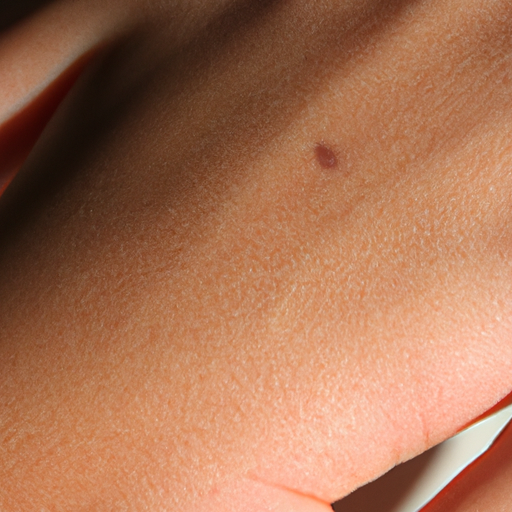Exfoliation is a fundamental part of a comprehensive skincare routine. It involves the removal of dead skin cells from the surface of the skin, revealing a more radiant and youthful complexion. This process can be achieved using various face and body exfoliants. However, it’s essential to understand their proper use to maximize benefits and minimize potential harm.
Exfoliants can be categorized into two main types: physical and chemical. Physical exfoliants are products or tools that manually remove dead skin cells through scrubbing or brushing. Examples include sugar or salt scrubs, exfoliating brushes, and microdermabrasion kits. On the other hand, chemical exfoliants use acids or enzymes to dissolve the bonds between skin cells, allowing them to shed naturally. These include products containing alpha-hydroxy acids (AHAs), beta-hydroxy acids (BHAs), and retinoids.
Physical exfoliants are generally recommended for individuals with normal to oily skin types. They provide immediate results, leaving the skin feeling smooth and refreshed. However, they should be used with caution as excessive or aggressive scrubbing can cause skin irritation or damage. It’s advisable to use these products once or twice a week, applying them in gentle, circular motions and rinsing thoroughly with warm water.
Chemical exfoliants are suitable for all skin types, but particularly beneficial for those with acne-prone or aging skin. AHAs like glycolic and lactic acid help to brighten the skin and reduce the appearance of fine lines and wrinkles. BHAs like salicylic acid penetrate deeper into the pores, helping to unclog them and reduce breakouts. Retinoids, meanwhile, promote cell turnover and collagen production, improving skin texture and tone.
When using chemical exfoliants, it’s important to start slowly, applying the product once or twice a week and gradually increasing frequency as your skin adjusts. Always follow the instructions on the product label and be sure to use a high-SPF sunscreen, as these products can increase your skin’s sensitivity to the sun.
Exfoliation isn’t just for the face. The skin on our bodies can also benefit from regular exfoliation, helping to keep it smooth, soft, and healthy. Body scrubs and brushes can be used in the shower to exfoliate and invigorate the skin. For those with keratosis pilaris (a common condition characterized by rough, bumpy skin), products containing AHAs or BHAs can be particularly beneficial.
Regardless of the type of exfoliant you choose, it’s crucial to listen to your skin. If you experience redness, irritation, or discomfort, it may be a sign that you’re exfoliating too often or using a product that’s too strong for your skin. In such cases, it’s best to reduce frequency or switch to a gentler product.
In conclusion, exfoliation is a powerful tool in achieving radiant, healthy skin. By understanding the different types of exfoliants and their proper use, you can tailor your skincare routine to your specific needs and concerns. Remember, consistency is key – with regular and proper exfoliation, you’ll soon unveil a complexion that’s not only radiant but also smooth, clear, and youthful-looking.
Unveiling Radiance: A Comprehensive Guide to Face and Body Exfoliants and Their Proper Use



